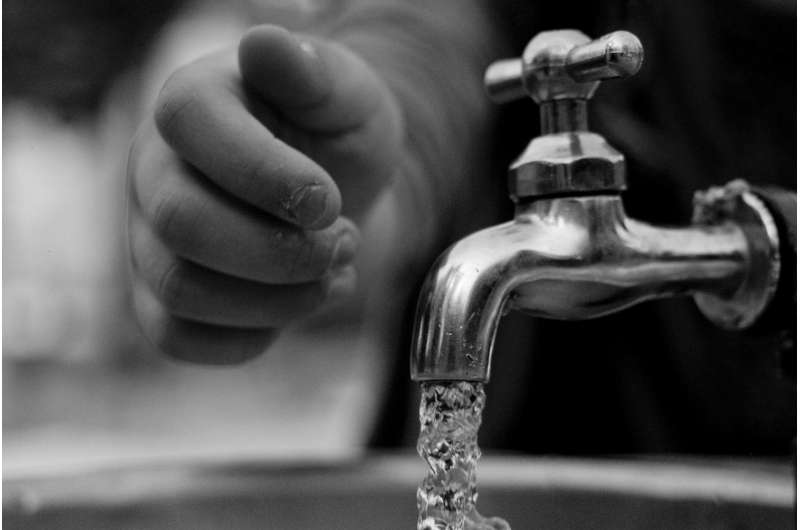Tiny technology that can find pollution in South Africa's water and trap it

Nanotechnology is the use of materials that are one-billionth of a meter (a nanometer) in size. One of its potential uses is to clean up whatever is contaminating water supplies. Analytical chemist , a leading researcher in nanotechnology for water in South Africa, tells The Conversation Africa what kinds of devices are being produced with nanotechnology and what they can do.
What is nanotechnology?
Nanotechnology is the branch of science and engineering that is devoted to designing new materials or devices that have unique physical and chemical properties because of their tiny size. It involves manipulating atoms and molecules at nanoscale.
What are South Africa's main water contamination problems?
Water pollution in South Africa, as in other developing countries, poses a significant . South Africa's Department of Water and Sanitation's found that 46% of the country's water was polluted by bacteria or germs that cause illness and nearly 68% of sewage treatment works were on the point of failure.
The kinds of pollution are largely due to:
- wastewater treatment failures
- water from industrial and agricultural activities that runs off into water sources
- waste that hasn't been disposed of properly and ends up in rivers
- industrial activities that release heavy metals into water
- natural sources of heavy metals
- insufficient access to clean water.
are also a major problem in South Africa's water supplies. They include:
- pharmaceuticals (medicines) and personal care products (soap, shampoo and others)
- pesticides from farming
-
(toxic substances that are produced by blue-green algae)
-
(they interfere with the normal functioning of natural hormones of the body, causing problems like infertility).
Contaminated water can cause ill health. Ill health then disrupts education and strains the health care system. The result is even more inequality between people who have clean water and those who don't.
How can nanotechnology help?
Monitoring water quality is very important. To find solutions, we first need to know what the problem is. Most of South Africa's water contamination problems stem from inadequate monitoring. So, my research group and researchers in the Department of Chemical Sciences at the University of Johannesburg to identify the problems in different sources, like wastewater or river water—even in remote rural areas.
These are some of the ways in which nanotechnology can help find problems in our water supplies and fix them:
-
: for example, tiny materials can be modified with a biological element (like enzymes or DNA) to rapidly detect and analyze what is contaminating water.
-
made up of tiny materials that can sample the water and trap and remove pollutants at the same time.
-
that activate chemical reactions when they are exposed to light and break down polluting substances.
This technology can help countries meet the United Nations' : achieving clean and available water and sanitation for all.
Why is South Africa not already using nanotechnology to clean water?
The main challenges are the costs of setting up nanotechnology systems, building technology that can work on a huge scale, and integrating it into existing water treatment systems. Some nanomaterials are very expensive.
We aren't sure yet how durable nanomaterials are in water. Over time, chemicals and changes in acidity levels and water temperature affect the materials, making them less effective at removing pollutants. If nanomaterials break apart, more tiny particles could be released into the water, which would be another form of environmental pollution.
The technology is being used successfully in and , however. They are leading in research and development in this field, with some commercialization already underway. The United States, Germany, Switzerland and France are also exploring the use of nanotechnology in water.
What needs to happen next?
Ideally, South Africa would have decentralized water treatment systems that use nanotechnology. This would reduce the need for costly piping and infrastructure. It could benefit rural areas.
But first we need to be able to make nanomaterials on a large scale and cost effectively. My research group is currently researching how to make them out of abundant and low-cost raw materials such as agricultural waste and plastic waste.
We have used the ash from coal-fired power plants and sugarcane bagasse (the fiber left over after the juice is extracted) to prepare that are dotted with tiny holes to absorb pollution.
We've used old acid mine drainage to make that attract and absorb heavy metal pollution.
These efforts are paving the way for the rollout of nanotechnology in South Africa's water systems.
Provided by The Conversation
This article is republished from under a Creative Commons license. Read the .![]()




















